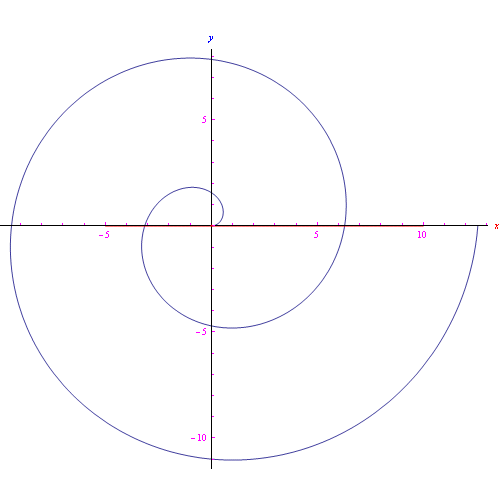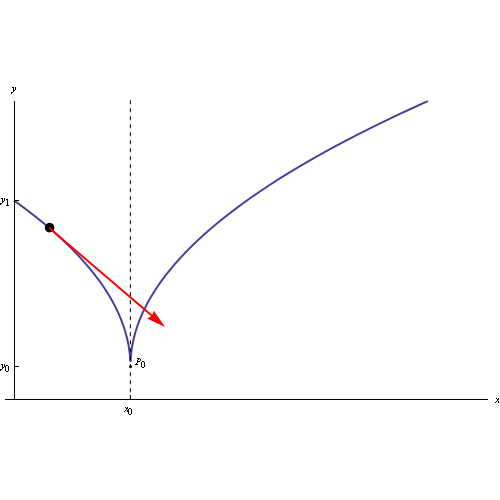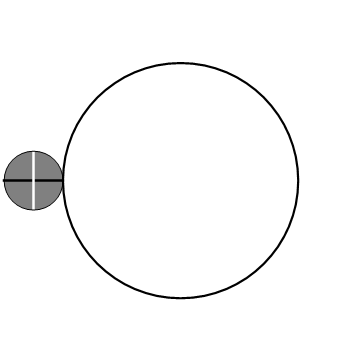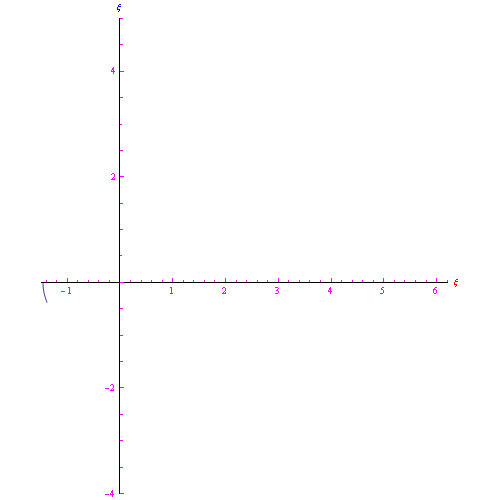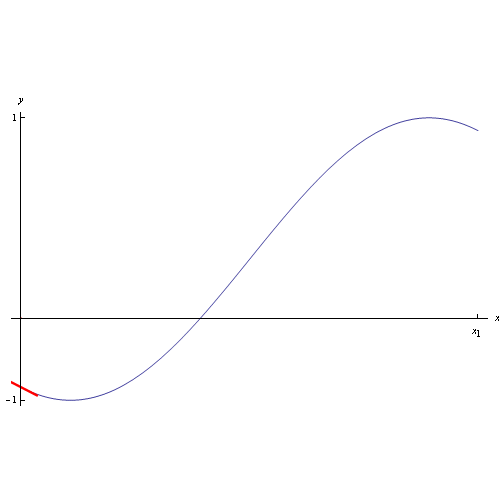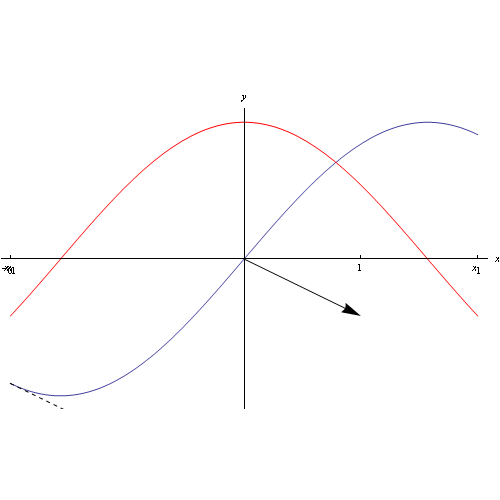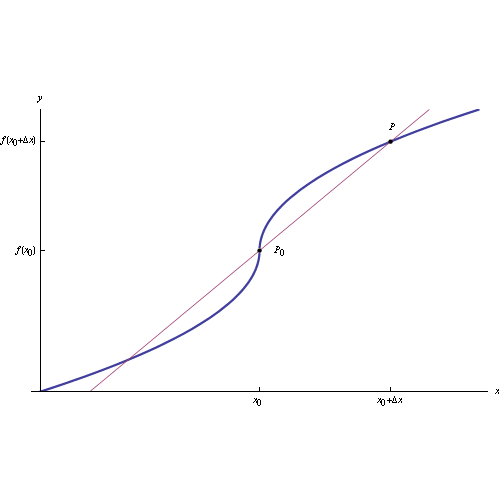Teoria dei due gruppi di neutroni: veloci e lenti (termici) - parte prima
venerdì, Febbraio 5th, 2021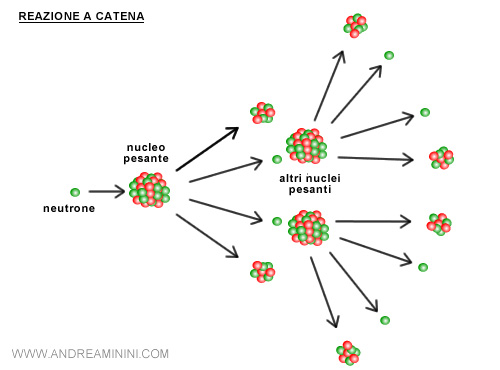
I calcoli fin qui ottenuti su un solo gruppo di neutroni -- gruppo ad una sola velocità o isoenergetico -- sono approssimati perché le proprietà del materiale nel core sono molto differenti per i neutroni veloci e per i neutroni lenti. Effettivamente i guadagni da riflettore ricavati si riscontrano essere troppo bassi; vediamone le ragioni.
In primo luogo la causa risiede nella assunzione di trattare tutti i neutroni della stessa velocità, cioè isotermici; si è pertanto ignorato il fatto che neutroni veloci entranti nel riflettore hanno probabilità maggiore dei neutroni termici di essere dispersi entro il core proprio per le extra-collisioni che essi subiscono nella fase di rallentamento. Inoltre i neutroni, che entrano nel riflettore con energie sopra il livello di risonanza, sono moderati nel riflettore; questi allora possono ritornare nel core come neutroni termici, avendo completamente evitato la cattura per risonanza alla quale sarebbero stati sottoposti se fossero pervenuti a energie termiche nel core prima di entrare nel riflettore. Entrambi questi fattori tendono a crescere l'efficacia del riflettore. Conseguentemente, se allarghiamo il range di energia, cioè dalla fissione a quella termica, si hanno valori più alti del guadagno da riflettore. In secondo luogo l'approssimazione sta proprio nel supporre che i neutroni possano essere divisi in due gruppi: lenti e veloci.
Scarica la lezione in pdf seguendo questo link. Alternativamente, su questo gruppo Facebook.
The calculations so far obtained on a single neutron group - one-speed or isoenergetic group - are approximate because the properties of the material in the core are very different for fast and slow neutrons. Indeed, the reflector gains obtained are found to be too low; let's see the reasons.
In the first place, the cause lies in the assumption that all neutrons are treated at the same speed, that is, isothermal; we therefore ignored the fact that fast neutrons entering the reflector are more likely than thermal neutrons to be dispersed within the core due to the extra-collisions they undergo during the slowdown phase. Furthermore, the neutrons, which enter the reflector with energies above the resonance level, are moderate in the reflector; these can then return to the core as thermal neutrons, having completely avoided the resonance capture they would have undergone if they had reached thermal energies in the core before entering the reflector. Both of these factors tend to increase the effectiveness of the reflector. Consequently, if we widen the energy range, that is from fission to thermal, we have higher values ??of the reflector gain. Secondly, the approximation lies precisely in assuming that neutrons can be divided into two groups: slow and fast.



 Congettura di Riemann
Congettura di Riemann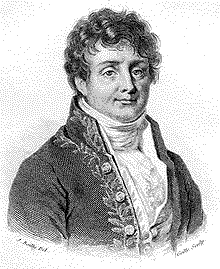 Trasformata discreta di Fourier
Trasformata discreta di Fourier
 Trasformata di Fourier nel senso delle distribuzioni
Trasformata di Fourier nel senso delle distribuzioni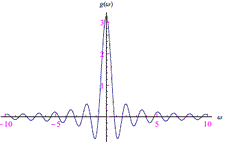 Trasformata di Fourier
Trasformata di Fourier  Infinitesimi ed infiniti
Infinitesimi ed infiniti Limiti notevoli
Limiti notevoli Punti di discontinuità
Punti di discontinuità Misura di Peano Jordan
Misura di Peano Jordan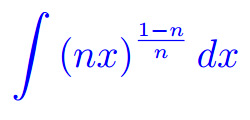 Eserciziario sugli integrali
Eserciziario sugli integrali Differenziabilità
Differenziabilità  Differenziabilità (2)
Differenziabilità (2) Esercizi sui limiti
Esercizi sui limiti Appunti sulle derivate
Appunti sulle derivate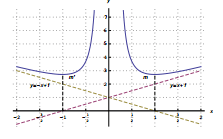 Studio della funzione
Studio della funzione Esercizi sugli integrali indefiniti
Esercizi sugli integrali indefiniti Algebra lineare
Algebra lineare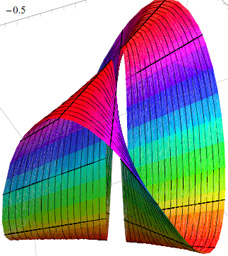 Analisi Matematica 2
Analisi Matematica 2 Analisi funzionale
Analisi funzionale Entanglement quantistico
Entanglement quantistico Spazio complesso
Spazio complesso Biliardo di Novikov
Biliardo di Novikov Intro alla Meccanica quantistica
Intro alla Meccanica quantistica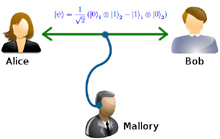 Entanglement Quantistico
Entanglement Quantistico